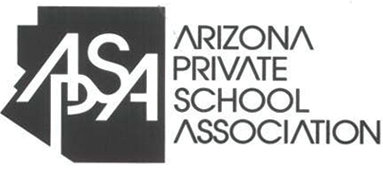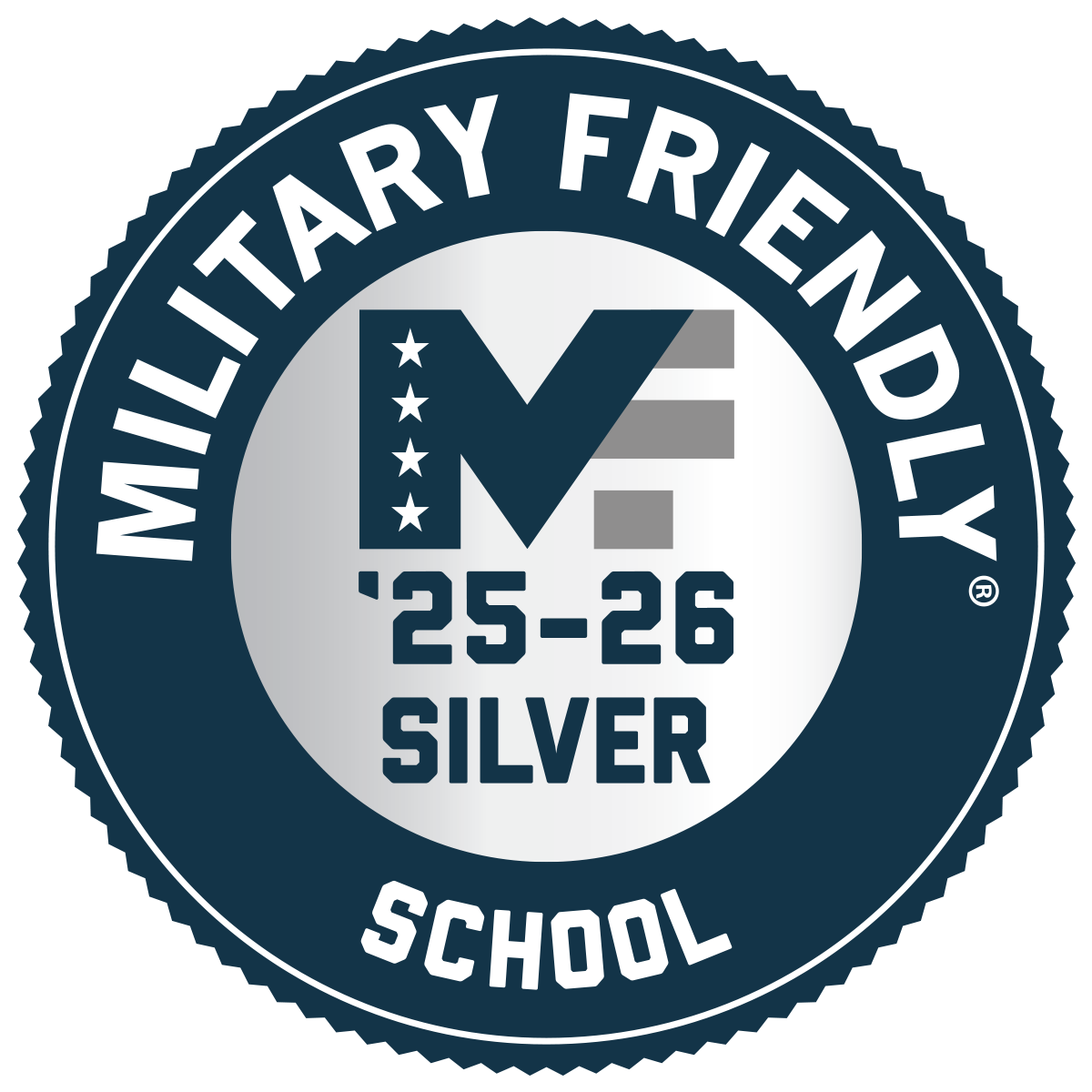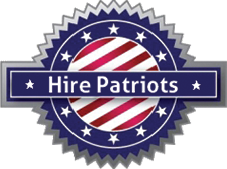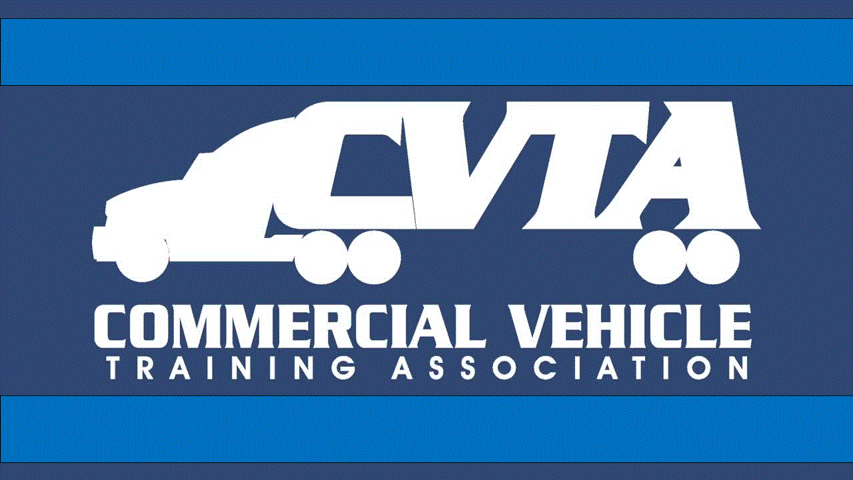Beginning on February 7, 20220, new entry-level driver training (ELDT) requirements went into effect. These were set by the Federal Motor Carrier Safety Administration (FMCSA), which regulates the trucking industry. The ELDT regulations apply for drivers who are upgrading from a Class B to a Class A commercial driver’s license (CDL), earning a Class A license for the first time, or earning certain endorsements.
If you are interested in entering the trucking industry, you will need to complete training with an institution that meets these requirements, such as Yuma Truck Driving School.
Updates to the FMCSA’s ELDT Requirements
The new ELDT requirements include several key updates, and it’s helpful to compare the new regulations to the previous ones to get an idea of what has changed.
Here are some of the updates:
- Prior to the recent changes, all that was necessary to provide entry-level training was meeting state-level training requirements. Under the new rules, this training can only be provided by those on the FMCSA’s Training Provider Registry (TPR).
- There is now a required list of standardized topics that CDL instruction must cover.
- Before the new requirements went into effect, CDL written tests were administered by each state’s Department of Motor Vehicles (DMV). This is not the responsibility of training institutions, and they must report students’ scores to the FMCSA.
Topics for CDL Theory Instruction
Entry-level CDL training programs must cover a list of topics, which are divided into five categories. Instructors will need to use assessments to determine student proficiency and students must earn a score of 80% or more to pass.
The theory instruction topic categories are:
- Basic Operation: Students will need to learn the basics of how to operate a commercial vehicle, including orientation, shifting/transmissions, and coupling and uncoupling (for Class A CDLs).
- Safe Operating Procedures: In order to earn their commercial licenses, students must understand topics related to safe driving including how to handle extreme conditions, night driving, and visual search.
- Advanced Operating Practices: This category includes the topics of skid control/recovery, hazard perception, and railroad crossings.
- Vehicle Systems and Reporting Malfunctions: CDL theory instruction must cover how to identify and diagnose malfunctions, as well as roadside inspections and vehicle maintenance.
- Non-Driving Activities: Entry-level training for drivers must cover subtopics related to non-driving activities, such as medical requirements, environmental compliance, and fatigue awareness.
Topics for Behind-the-Wheel Training
In addition to theory instruction, driver training programs need to include a hands-on behind-the-wheel component. While there isn’t a minimum number of hours for this, instructors need to cover all required topics and document the total clock hours of training.
The new ELDT requirements include the following topics in a range setting:
- Coupling and uncoupling
- Pre-trip, en route, and post-trip inspections
- Sight side and blind side parallel parking
- Straight line, off-set, and alley dock (45 and 90 degrees) backing
In addition, instructors must cover the following topics on a public road:
- Hours of service (HOS) regulations
- Basic vehicle controls such as lane changes and turning
- Space/speed management
- Driving safely
- Visual search
- Nighttime driving
- Railroad crossings
- Shifting/transmission
- Communication/signaling
- Skid control/recovery, jackknifing, and other emergencies
- Hazard perception
- Extreme conditions
Get Your CDL
At Yuma Driving Driving School, our program meets all the new ELDT requirements and we can help you earn your CDL in as little as four weeks.
Contact us today to learn more about our truck driver training.









